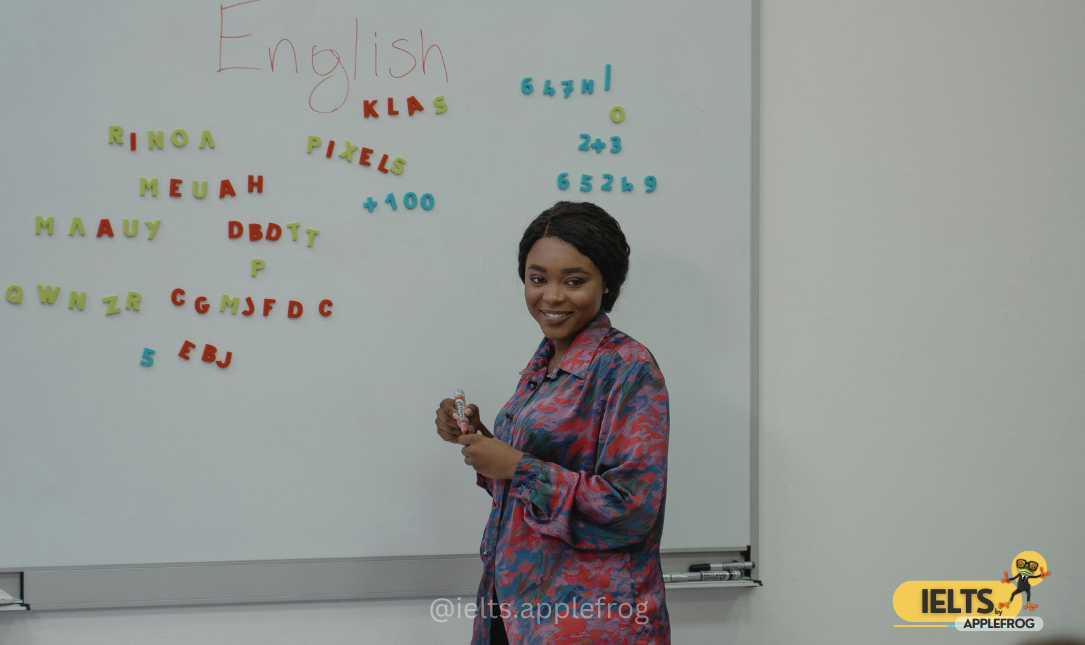
Comparison of the 4 Tenses
This section compares four present tenses—Simple Present, Present Continuous, Present Perfect, and Present Perfect Continuous—highlighting their usage and differences.
Simple Present Tense
Usage: Used for general truths, habits, and routines.
Examples:
- “I eat breakfast every morning.”
- “She works at a bank.”
Present Continuous Tense
Usage: Used for actions happening at the present moment or around the current time.
Examples:
- “I am studying for my exam right now.”
- “They are playing soccer.”
Present Perfect Tense
Usage: Used for actions or states that started in the past and have a connection to the present moment.
Examples:
- “I have visited that city before.”
- “She has finished her work.”
Present Perfect Continuous Tense
Usage: Used for ongoing actions or states that started in the past, continue in the present, and may continue into the future.
Examples:
- “She has been studying for three hours.”
- “They have been working on the project for weeks.”
Differences Between the 4 Tenses
- Simple Present: Describes general truths, habits, or routines.
- Present Continuous: Describes actions happening at the present moment or around the current time.
- Present Perfect: Describes actions or states that started in the past and have a connection to the present.
- Present Perfect Continuous: Describes ongoing actions or states that started in the past and continue in the present.
Comparison Table
| Aspect | Simple Present | Present Continuous | Present Perfect | Present Perfect Continuous |
|---|---|---|---|---|
| Usage | General truths and habits. | Actions in progress now. | Actions with past relevance. | Ongoing actions continuing to the present. |
| Verb Structure | Base form (with “s” for third-person singular) | “Am/are/is” + present participle (-ing) | “Have/has” + past participle | “Have/has been” + present participle (-ing) |
| Examples | “I eat”, “She works” | “I am studying” | “I have visited” | “She has been studying” |
Choosing the Right Tense
The choice of tense depends on the specific context and the intended meaning:
- Simple Present: For general statements or habitual actions.
- Present Continuous: To focus on actions in progress.
- Present Perfect: To discuss past actions with present relevance.
- Present Perfect Continuous: To emphasize ongoing activities that started in the past and continue to the present.
RELATED POST












 Here can be your custom HTML or Shortcode
Here can be your custom HTML or Shortcode
0 Comments